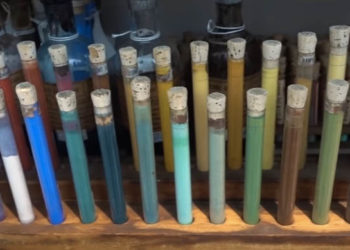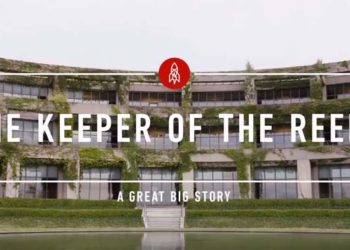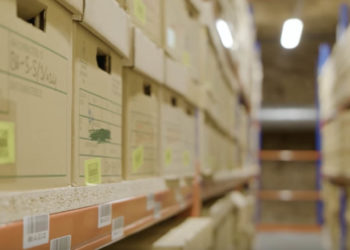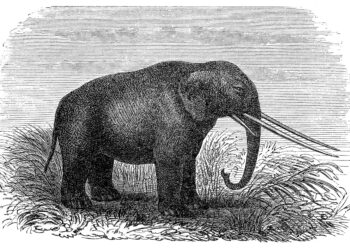Curation comes in many forms. At Chicago’s Field Museum, basement contains 11 million embalmed specimens kept submerged in fluid in jars and tanks (including 883 frogs!). Here the work of collecting and preserving them is explained, along with a newly added step of collecting and storing each specimen’s DNA. While each animal has its own tag and ID number, I’m thinking there’s a lot of potential here for metadata and persistent identifiers to come into play.
Discussion
2 Thoughts on "A Library of 11 Million Fluid Specimens"
My father is an evolutionary biologist and comparative anatomist with a specialization in bats. In the 80s, before DNA became sophisticated enough to do this work, his research was to dissect different species of bats and classify them evolutionarily based on anatomical structure. His office was full of jars of preserved bat specimens (with which I grossed out my friends regularly when I was young), and we had many a trip up to the Field Museum to pick up “loaners”. I remember going “behind the scenes” and seeing the curiosities they had there. Great and probably somewhat unique childhood memories!
I wonder if they had the same problem as the Natural History Museum in my home town where it was realised that these millions of specimens preserved in an alcoholic mixture would be a devastative bomb in case of fire!



